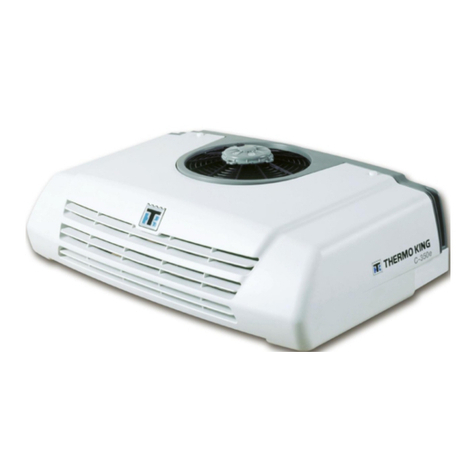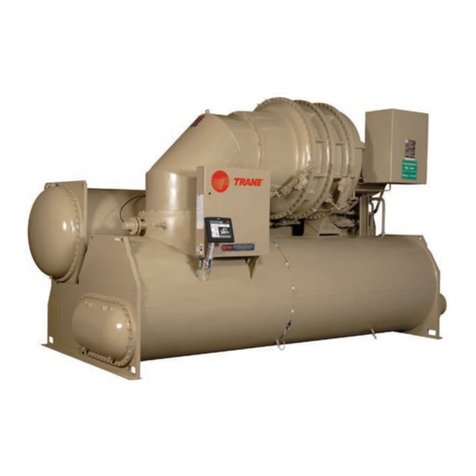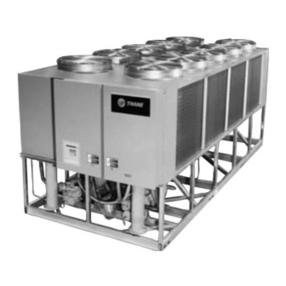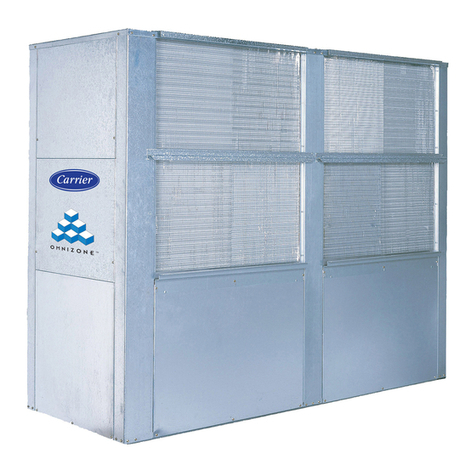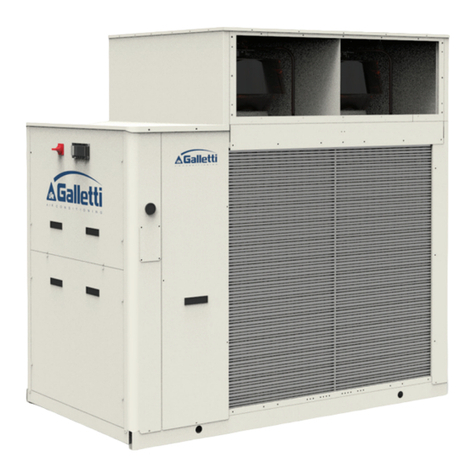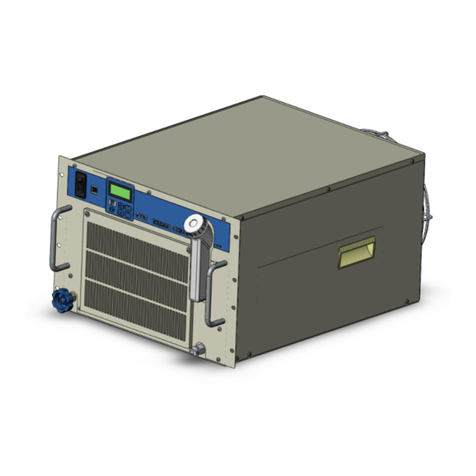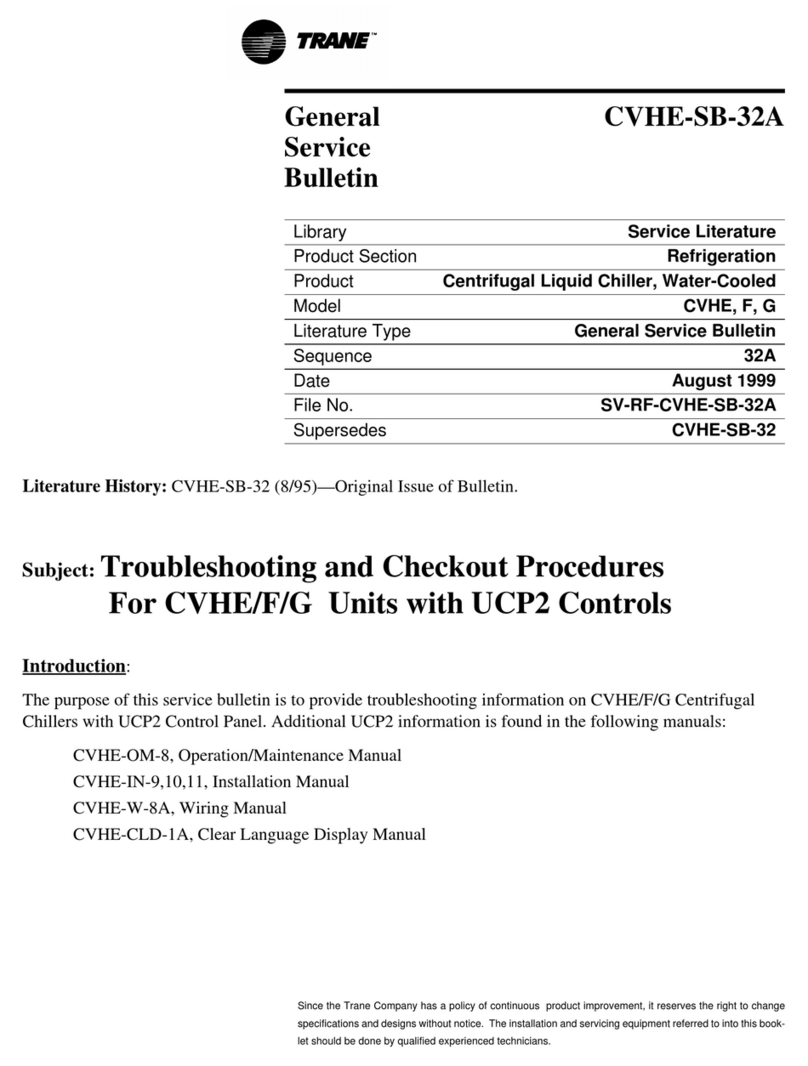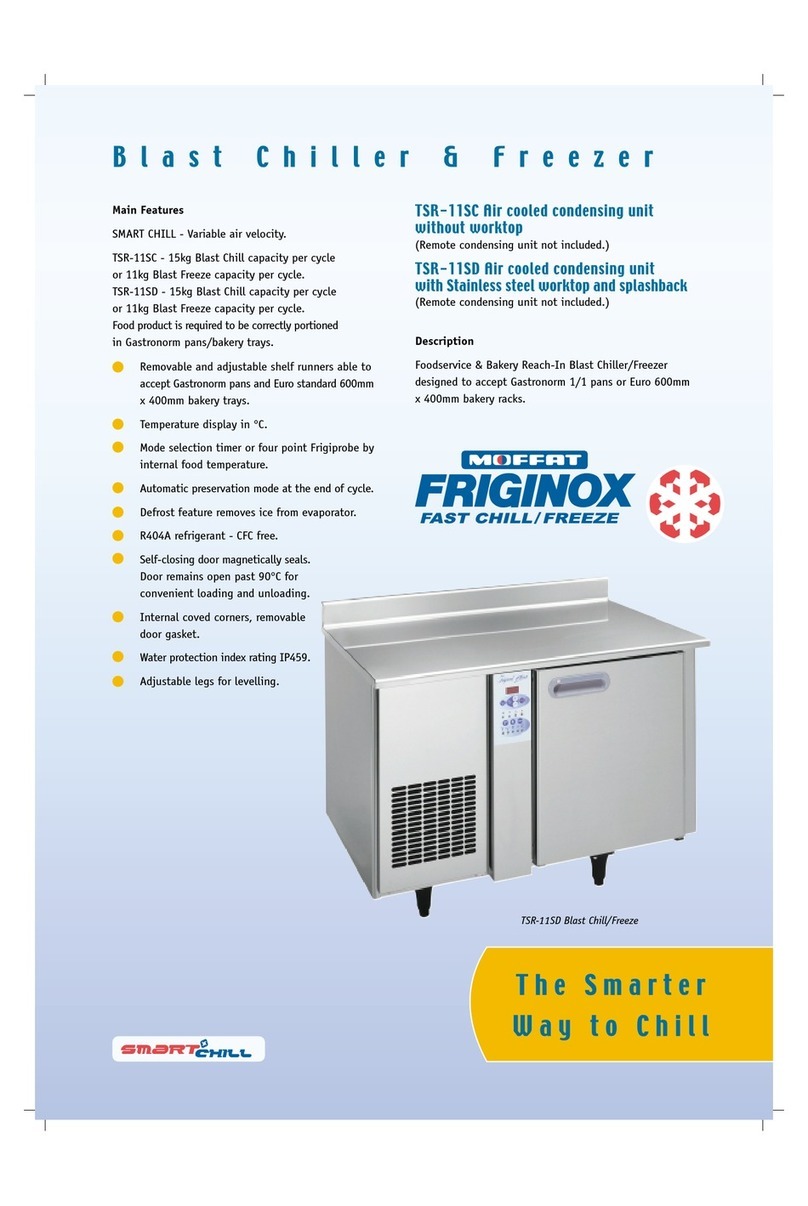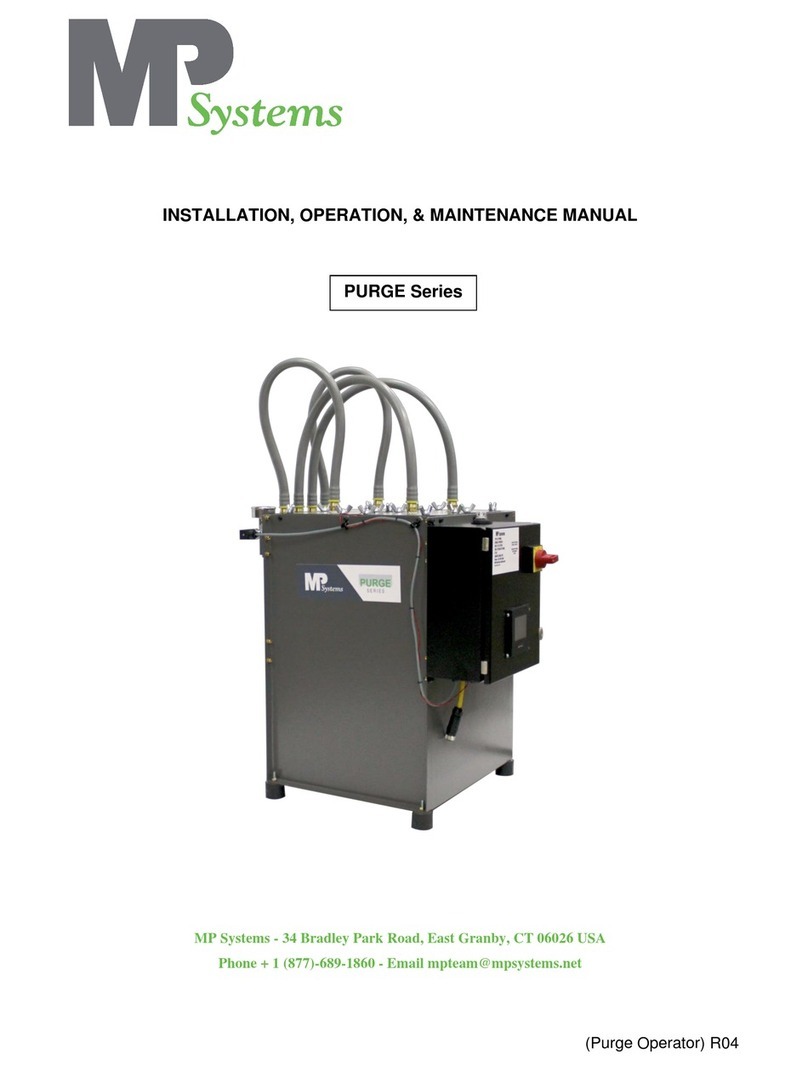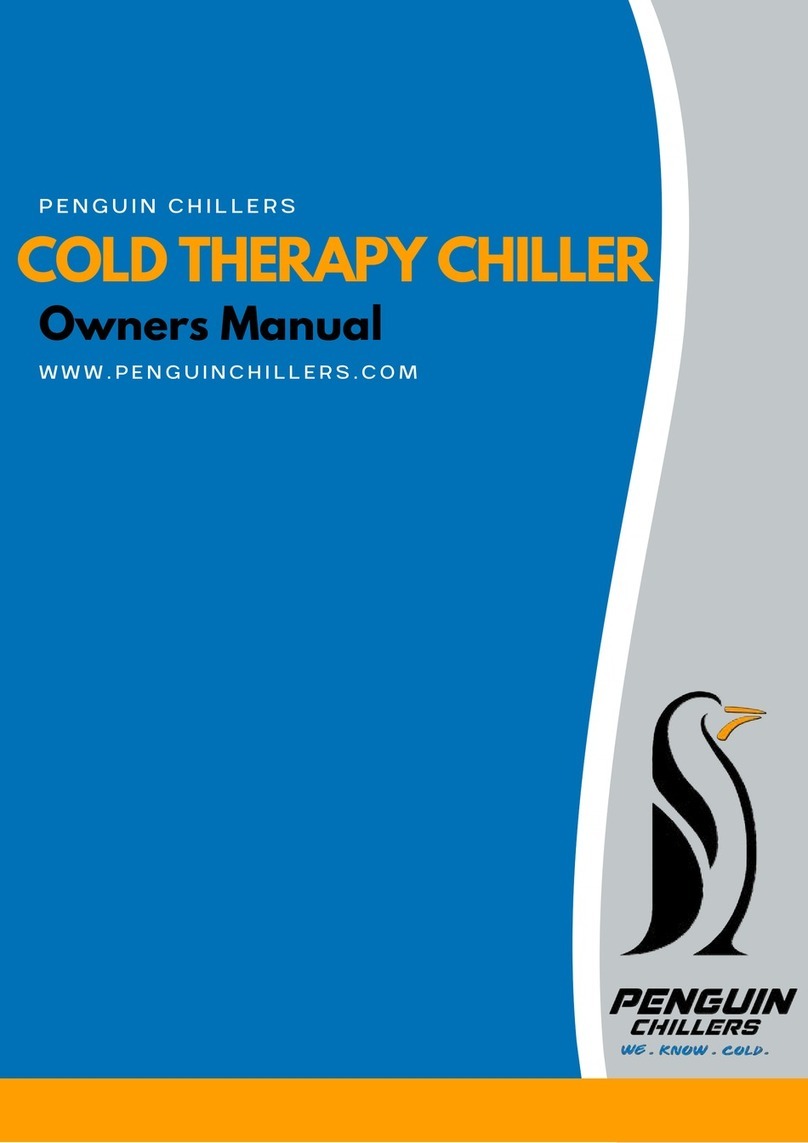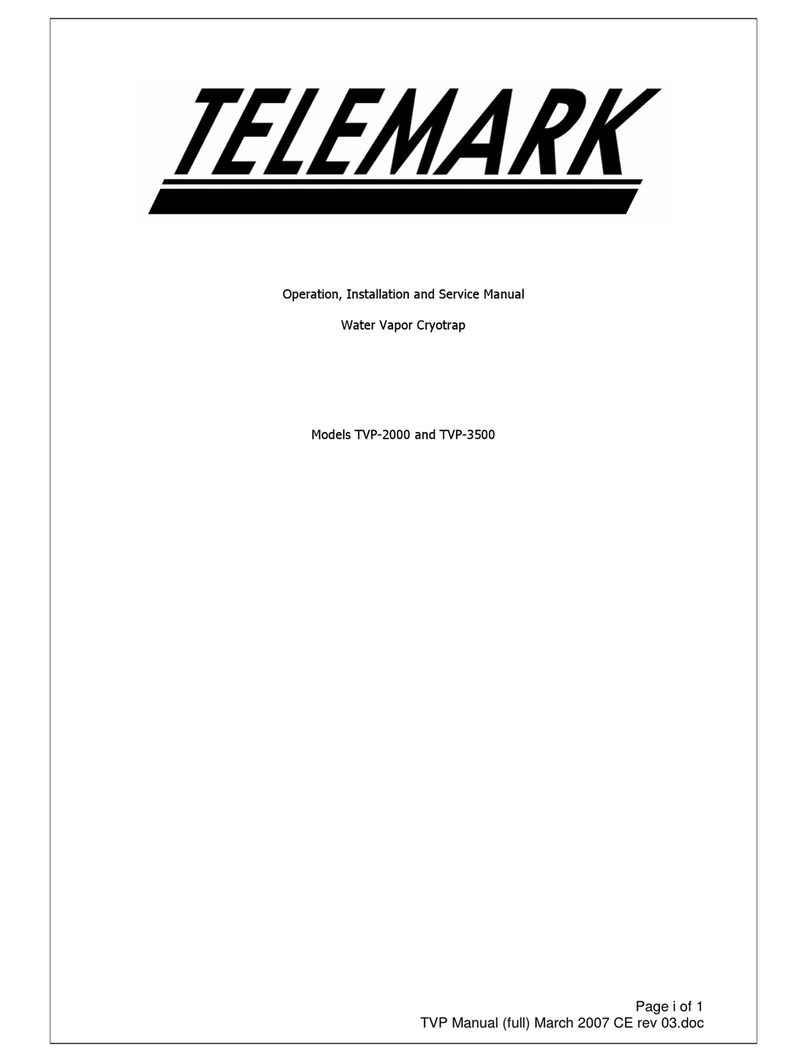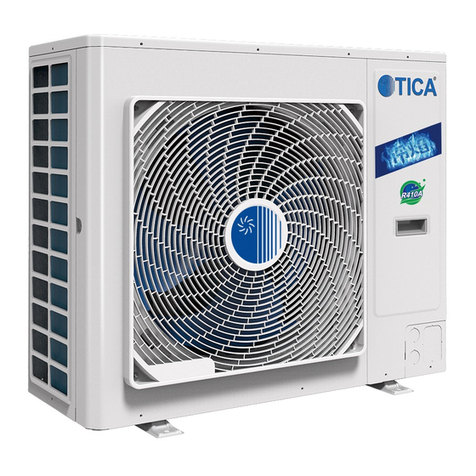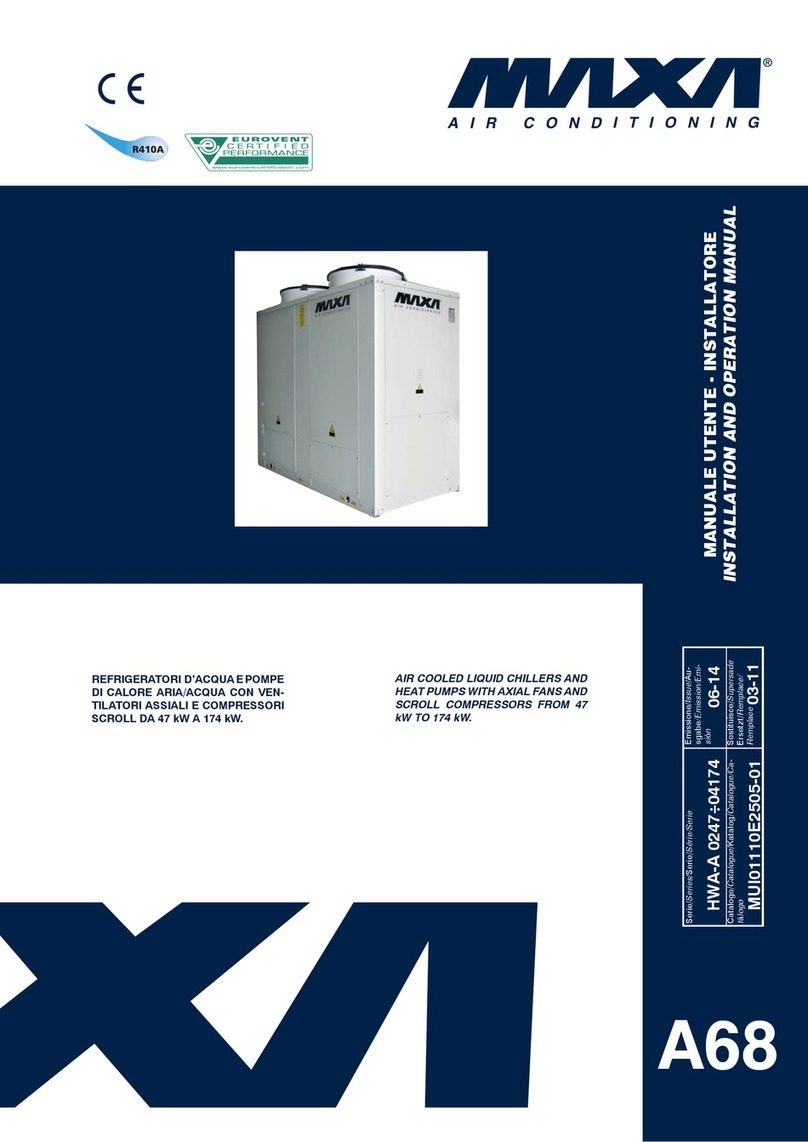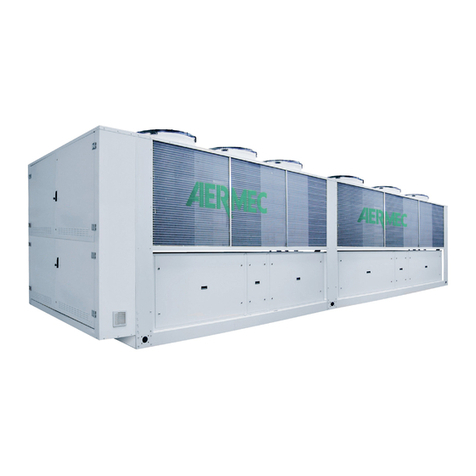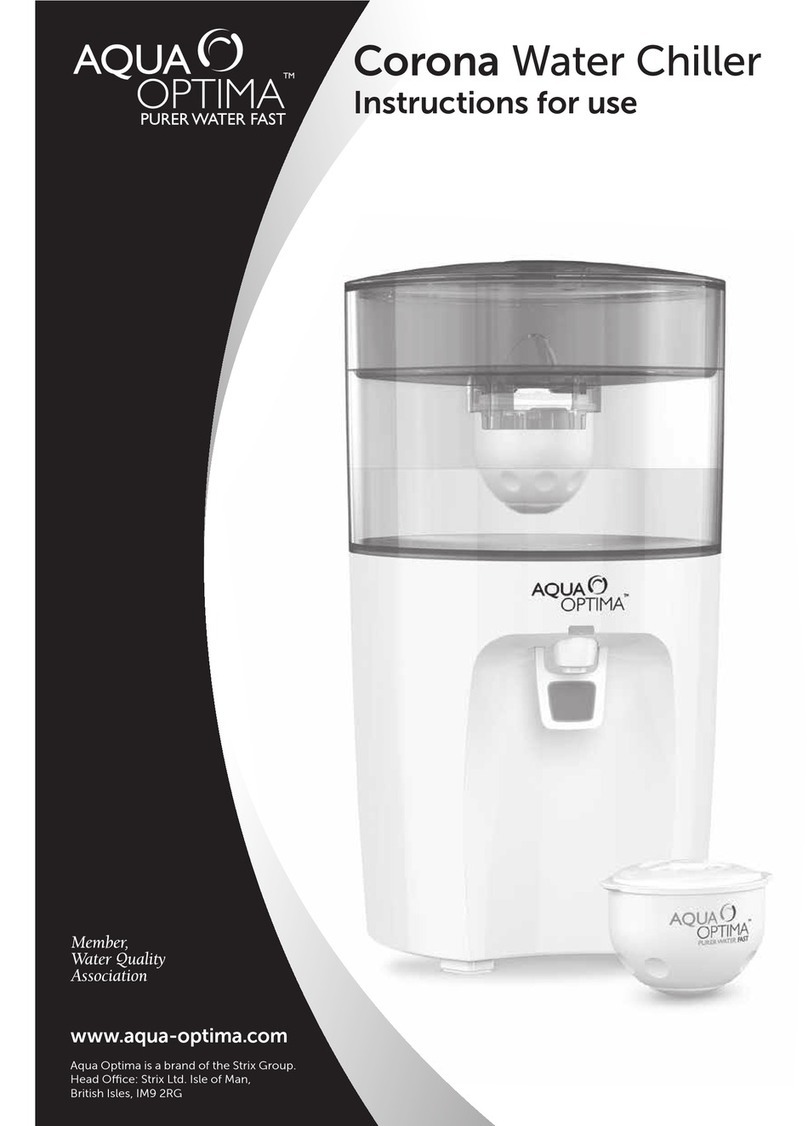
Table of Contents
Warnings, Cautions and Notices ......................2
Trademarks......................................................3
Unit Model Number Description ......................6
Model Number Digit Description .....................7
Pre-Installation...................................................8
ASHRAE Standard 15 Compliance................. 8
Unit Shipment ................................................. 8
General Information .......................................8
Installation requirements and Contractor re-
sponsibilities.................................................... 9
Storage Requirements for Chillers NotYet
Installed...........................................................10
Unit Components ...........................................11
Unit Dimensions and Weights .......................12
Recommended Unit Clearances....................12
Installation Mechanical ...................................15
Operating Environment .................................15
Foundation Requirements .............................15
Rigging ............................................................15
Standard chiller lift........................................15
Special lift requirements ..............................16
Unit Isolation ..................................................16
Isolation Pads..................................................16
Spring Isolators ..............................................17
Unit Leveling...................................................17
Installation Water Piping ................................19
Overview .........................................................19
WaterTreatment..............................................19
Pressure Gauges ............................................19
Valves - Drains and Vents...............................19
Strainers..........................................................19
Flow-Sensing Devices ................................... 20
water temperature sensor............................20
Evaporator and Condenser Water Piping .... 20
Water Box Locations ..................................... 21
Water Piping Connections ............................ 22
Grooved Pipe Coupling................................. 23
Bolt-Tightening Sequence for Water Piping
Connections ................................................... 23
PressureTesting Waterside Piping ............... 24
Purge Piping .....................................................25
EarthWise Purge Requirements - Purge Instal-
lation............................................................... 25
Vent Piping .......................................................26
Refrigerant Vent-Line..................................... 26
General Recommendations .........................26
Purge Discharge ............................................26
Vent-Line Materials .......................................26
Vent-Line Sizing ............................................26
Vent-Line Installation .................................... 27
Insulation ..........................................................31
Unit Insulation Requirements ...................... 31
InsulationThickness Requirements.............. 31
Installation Controls ........................................33
Specifications ................................................ 33
Wiring and Port Descriptions.......................33
Communication Interfaces ...........................34
Rotary Switches ............................................34
LED Description and Operation ...................34
Installing theTracer AdaptiView Display ..... 36
Adjusting theTracer AdaptiView Display Arm
........................................................................ 37
Electrical Requirements ..................................38
Installation Requirements............................. 38
Electrical Requirements ................................ 38
Trane-Supplied Starter Wiring...................... 40
Customer-Supplied Remote Starter Wiring . . 41
CurrentTransformer and PotentialTransform-
er Wire Sizing................................................. 42
Power Supply Wiring ......................................43
3-
Phase Power Source.............................. 43
Circuit Breakers and Fused Disconnects ..... 43
Power Factor Correction Capacitors (Option-
al) .................................................................... 43
Rule 2 - PFCC wires routed through current
transformers..................................................44
Interconnecting Wiring.................................. 44
Starter to Motor Wiring (Remote-Mounted
Starters Only)................................................. 45
4 TCVHE-SVX04D-EN
RELEASED 10/Mar/2020 06:59:20 GMT
